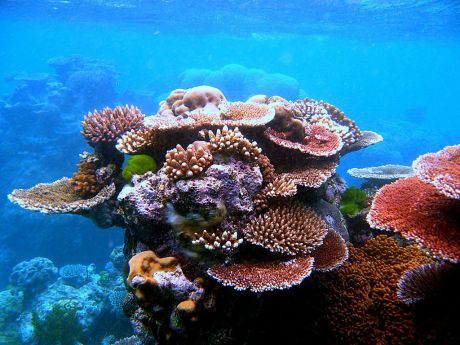Coral reefs are diverse shallow-water ecosystems that support about 25 %
of all marine life. Since reefs are extremely sensitive to
environmental disturbance, they can be used to predict how biologically
diverse marine ecosystems will respond to human-induced climate change.
To model the impact of ongoing environmental disturbance, the EU-funded
THROUGHFLOW (Cenozoic evolution of the Indonesian throughflow and the origins of Indo-Pacific marine biodiversity: Mapping the biotic response to environmental change) project looked at how ancient coral reefs responded to past climate shifts.
THROUGHFLOW focused on the Indo-west Pacific centre of biodiversity in south-east Asia to understand the origins and upkeep of biodiverse ecosystems. Apart from being the most diverse shallow marine ecosystem on Earth, this region also contains the global climate-influencing Indonesian throughflow (ITF). The ITF is a current that acts as a global heat conveyer belt moving warm, fresh water from the Pacific to the Indian Ocean.
To reconstruct the history of this area, researchers studied shallow marine fossils in Indonesia from the Miocene period, 23 to 5 million years ago. Since the Miocene includes one of the warmest periods in the past 50 million years, it is useful for predicting effects of current global warming.
Researchers looked at rock layers to provide a timeline of events during the evolution of shallow marine ecosystems in the Indonesian biodiversity hotspot. They also determined the environmental conditions under which early-to-late Miocene reefs evolved, and examined past climates to model the ITF during this period.
Confirming high biodiversity during the Miocene, THROUGHFLOW determined that the coral reef ecosystem first developed in low-light, turbid habitats. There was then a shift from low-relief coral beds to coral carpets, through to modern-day-like high-relief coral build-ups in clear-water, high-light zones.
Researchers concluded that future coral reefs may shift back to dark, deep or turbid settings as the climate changes. This is because these types of reef are potentially more resilient to environmental disturbance.

